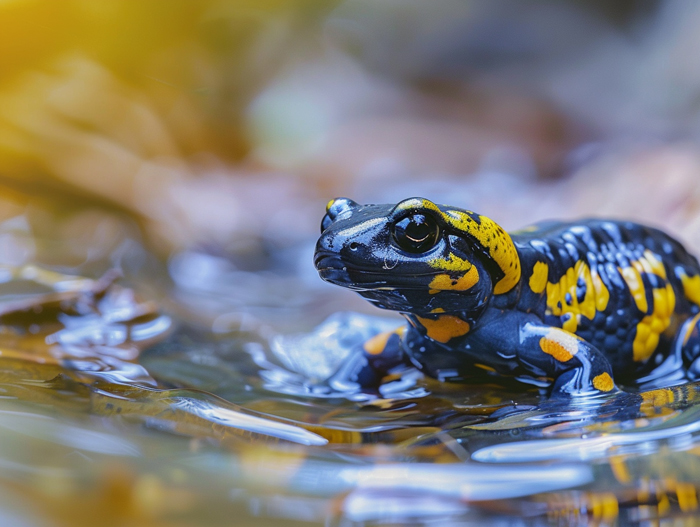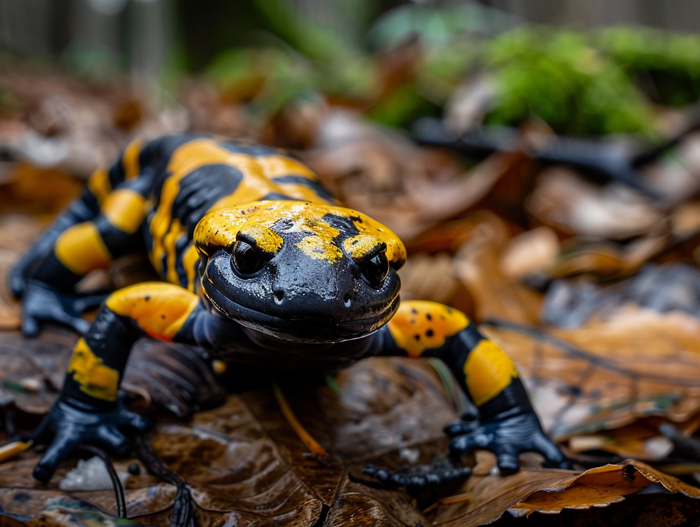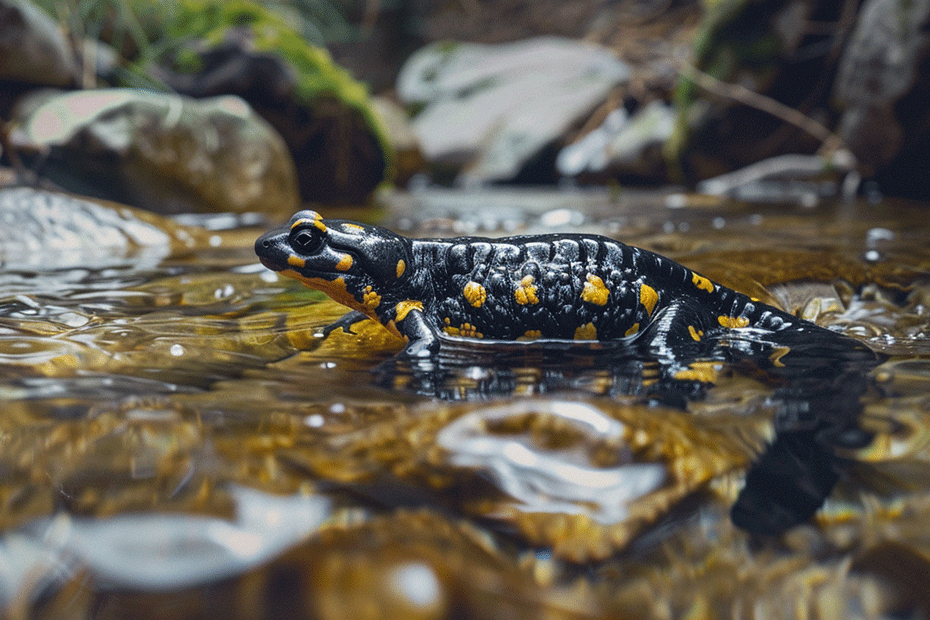Are you curious about whether salamanders need water to survive? While these amphibians are commonly associated with moist environments, their relationship with water goes beyond just hydration. Understanding the importance of water for salamanders sheds light on their fascinating adaptations and behaviors. Let’s dive deeper into the world of salamanders and their unique requirements when it comes to water.
Key Takeaways
- Water is crucial for salamanders’ survival
- Salamanders breathe through their skin, making hydration essential
- Different types of salamanders have varying relationships with water
- Habitat preservation and water quality are vital for salamander populations
- Climate change, deforestation, and pollution can impact salamander habitats
- Understanding salamanders’ adaptations highlights their unique water-related behaviors
Importance of Water for Salamanders

Water serves as a vital component of a salamander’s life. Here’s why:
- Hydration: Salamanders breathe through their skin, making moisture crucial for respiration.
- Reproduction: Water plays a key role in breeding and the development of larvae.
- Habitat: Salamanders require water bodies for shelter, hunting, and temperature regulation.
- Migration: Some species depend on waterways for seasonal movements and dispersal.
Salamanders, with their unique connection to water, illustrate nature’s intricate balances in ecosystems.
Types of Salamanders

Aquatic Salamanders
Aquatic salamanders, as the name suggests, primarily dwell in water throughout their lives. These species require constant access to water as it is vital for their survival. Here are some key characteristics of aquatic salamanders:
- They have moist, smooth skin that aids in respiration underwater.
- Gilled during early stages, they later develop lungs for breathing air.
- Their diet often consists of aquatic insects, larvae, and small fish.
- Examples include the Eastern Hellbender and the Mudpuppy.
- They require moist environments to keep their skin from drying out.
- Underground burrows offer protection and moisture during dry periods.
- Some species return to water for breeding purposes.
- Notable examples are the Red-backed Salamander and the Tiger Salamander.
Habitat Requirements
For salamanders, water plays a crucial role in their survival and well-being. Understanding their Habitat Requirements will shed light on why water is essential to these amphibians’ lives.

Water Sources for Salamanders
- Salamanders rely on water bodies like ponds, streams, and wetlands for breeding and feeding.
- Aquatic salamanders spend their entire lives in the water, using it for respiration and hunting prey.
- Moist environments near water sources are vital for terrestrial salamanders to prevent dehydration and lay eggs.
Moisture Levels in Salamander Habitats
- Salamanders need wet conditions to maintain their moist skin for respiration.
- High humidity supports salamanders in absorbing water through their skin.
- Dry habitats can be detrimental, leading to dehydration and potential population decline.
- Climate change can alter water availability and temperature, affecting salamander habitats.
- Deforestation and urbanization may disrupt water sources, leading to habitat loss for salamanders.
- Pollution can contaminate water bodies, posing a threat to salamanders and their ecosystems.
Understanding the Habitat Requirements of salamanders emphasizes the importance of preserving water sources and maintaining moist environments for these fascinating amphibians.
Adaptations for Survival

Skin Permeability in Salamanders
- Salamanders breathe through their skin.
- They need moist environments to keep their skin hydrated.
- Dry conditions can lead to dehydration and threaten their survival.
- Terrestrial salamanders seek moist areas close to water.
- During dry periods, they may burrow underground to find moisture.
- Aquatic salamanders may reduce activity to conserve energy in times of water scarcity.
Conclusion
Ensuring access to water is crucial for salamanders to maintain their hydration levels and survive in their habitats. Their skin’s permeability makes them vulnerable to dehydration, highlighting the importance of moist environments for their well-being. Terrestrial salamanders actively seek out areas near water sources to prevent drying out, while aquatic salamanders may adjust their activity levels during periods of water scarcity. By understanding the significance of water for salamanders, we can better appreciate the adaptations these fascinating creatures have developed to thrive in diverse ecosystems.

Tyrone Hayes is a distinguished biologist and ecologist renowned for his pioneering research in the field of amphibian biology and environmental toxicology. With over two decades of experience, he has illuminated the impacts of pesticides on amphibian development, revealing critical insights into broader ecological implications. Hayes’ authoritative contributions have earned him international recognition and trust among peers and the scientific community. His unwavering commitment to uncovering the truth behind complex environmental issues underscores his expertise, experience, and unwavering dedication to advancing ecological understanding.
